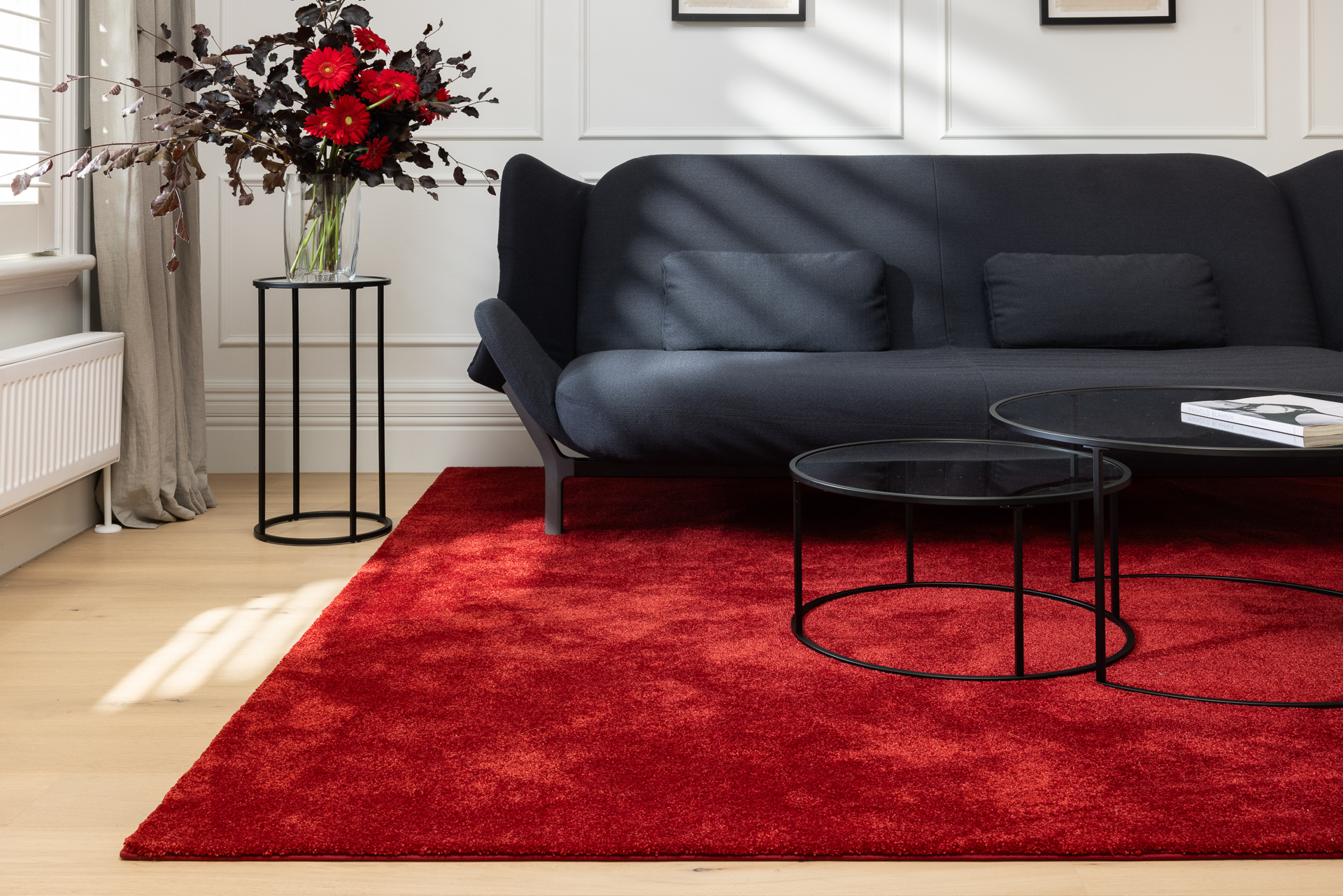Register with your ABN to unlock exclusive trade discounts across our full range, with no minimum spend required. Approval is quick and simple. Once approved, just sign in and your 10% discount will be automatically applied at checkout.
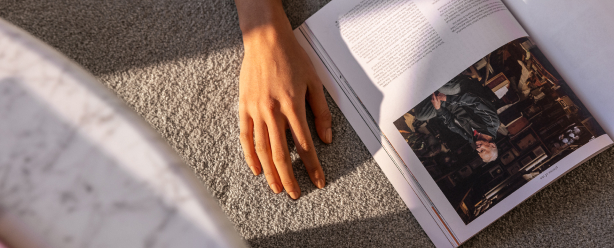
Order Rug Samples
Find the perfect rug for your space with free samples delivered to your door. Explore a variety of textures, patterns, and colours to match your style. Select up to three samples to ensure the perfect fit for your home.

Rug Care Tips
Your rug is more than just a functional piece—it’s an investment that enhances the beauty and comfort of your space. To help you get the most out of your rug and keep it looking its best for years to come, we’ve created this comprehensive guide.
Inside, you’ll find practical tips for:
- Properly using the included anti-slip mat to protect your floors and secure your rug.
- Managing common issues like curled edges and corners due to packaging.
- Preventing fading, protecting against furniture damage, and maintaining your rug’s appearance through regular cleaning and care.
Whether your rug is made of wool or other fibres, this guide provides tailored advice for vacuuming, stain removal, and professional cleaning. By following these simple steps, you can ensure your rug remains a long-lasting and cherished part of your home.
Let’s get started!
ANTI-SLIP MAT USAGE
An anti-slip mat is included with each rug. On hard floors, place this mat beneath the rug to prevent the backing from causing scratches and to help keep the rug from shifting.
HANDLING EDGES OR CORNERS THAT CURL
Due to packaging, edges or corners may temporarily curl or ripple. This isn’t a defect and will usually settle over time. To speed up the process, roll the rug in the opposite direction of the curl or place it upside-down in warm sunlight for a few hours.
PREVENTING FADING
All textiles, including rugs, are subject to colour changes over time, especially in areas with direct sunlight. For optimal placement, avoid direct sunlight, use UV-protective window coverings, and rotate the rug regularly.
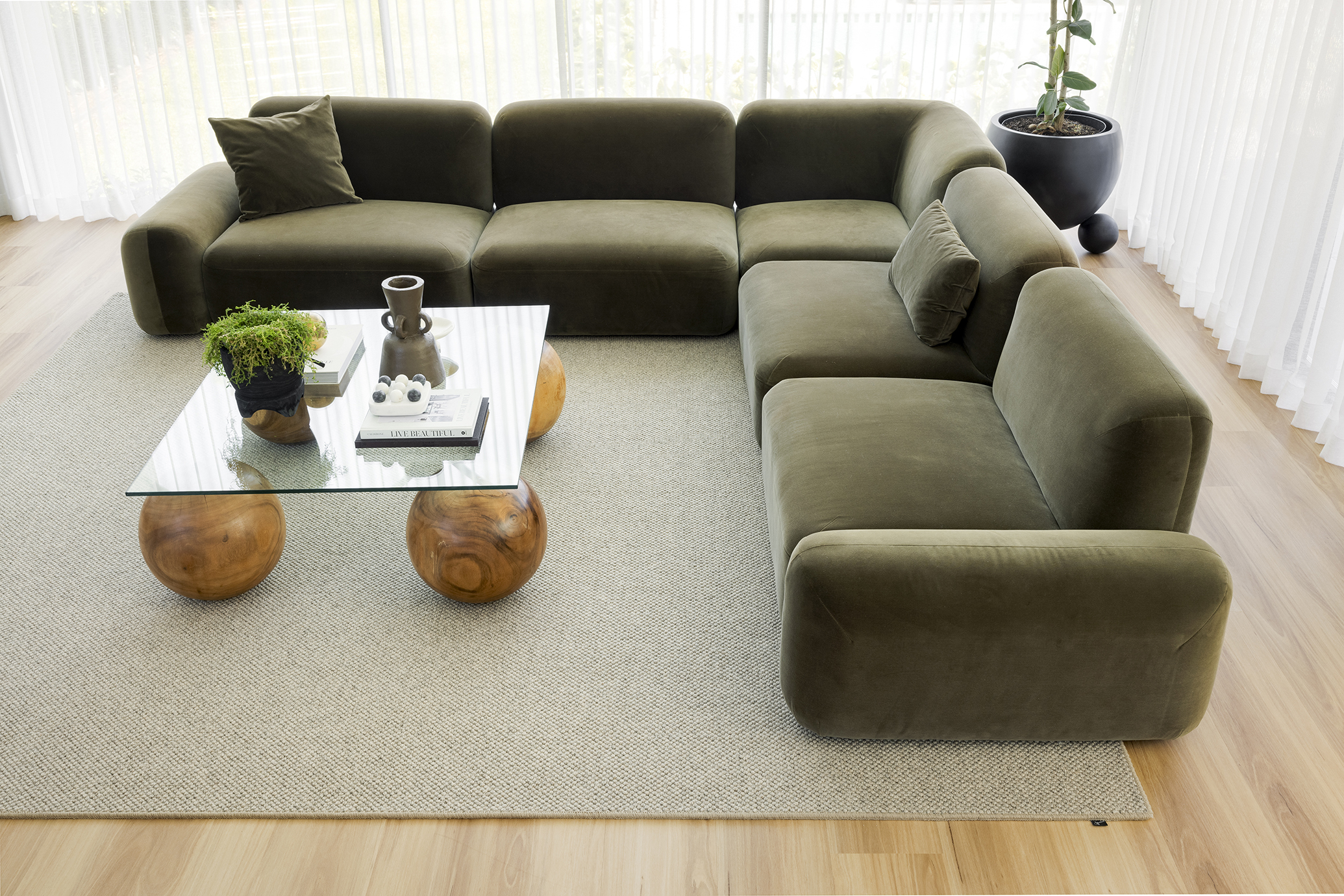
PROTECTING FROM HEAVY FURNITURE
To prevent compression from heavy furniture, use protective furniture cups and periodically adjust the rug and furniture placement. If the pile gets flattened, cover the area with a towel and gently steam over it with a warm iron, using only the steam without pressing the iron directly onto the towel to avoid shine marks.
Vacuuming
Poper maintenance of your rug not only prolongs the life of the rug but will help to maintain the original appearance of the rug as long as possible also enhancing its appearance. The wear and visual appearance are considerably slowed down by an appropriate cleaning program.
The vacuuming frequency is determined by the amount of foot traffic and soiling of the rug. We recommend:
- Heavy intensive traffic: 1x per day
- Moderate to intensive traffic: 2 – 3x per week
- Normal traffic: 1x per week
Frequency is important in removing soil and grit before it makes its way lower on the pile, where it is far more difficult to remove and can rub, scrape and wear down the rug, dulling its appearance.
Despite consistent and effective vacuuming, oily dirt particles or fine contamination bonded to the Rug pile will not be removed. These must be removed with periodic deep cleaning, and we suggest this to be done solely by a professional cleaning company using minimal moisture via an extraction method at least once every 12 months. The best results will be achieved using a truck mount machine. This is necessary in maintaining your rug, and is applicable to all rugs, including wool and non-wool fibres.
There are vital differences when vacuuming rug depending on what type of Rug and fibre type you have installed.
Wool Rug Vacuuming
There are two types of vacuum cleaners:
- Plain suction
- Beater bar (rotating brush)
For wool Rugs, we recommend using a suction only vacuum with good airflow. It is important that the suction level allows the vacuum to move easily, but still lifts and removes dirt. A vacuum with adjustable height and suction are key features when selecting a vacuum.
Vacuums with beater bars (rotating brushes) may cause excessive fuzzing or damage to the fibres which cannot be repaired. The only time we recommend a vacuum with a beater brush is if the vacuum has an adjustable height setting and an option for a soft rotating brush
To ensure your vacuum does not lose suction you should empty the vacuum cleaner dust bag once it is half to 2/3 full. Check at least monthly whether the dust filter should be cleaned, or the vacuum cleaner bag should be replaced. During the first few months you should preferably check this weekly, and always refer to the manufacturer’s instructions.
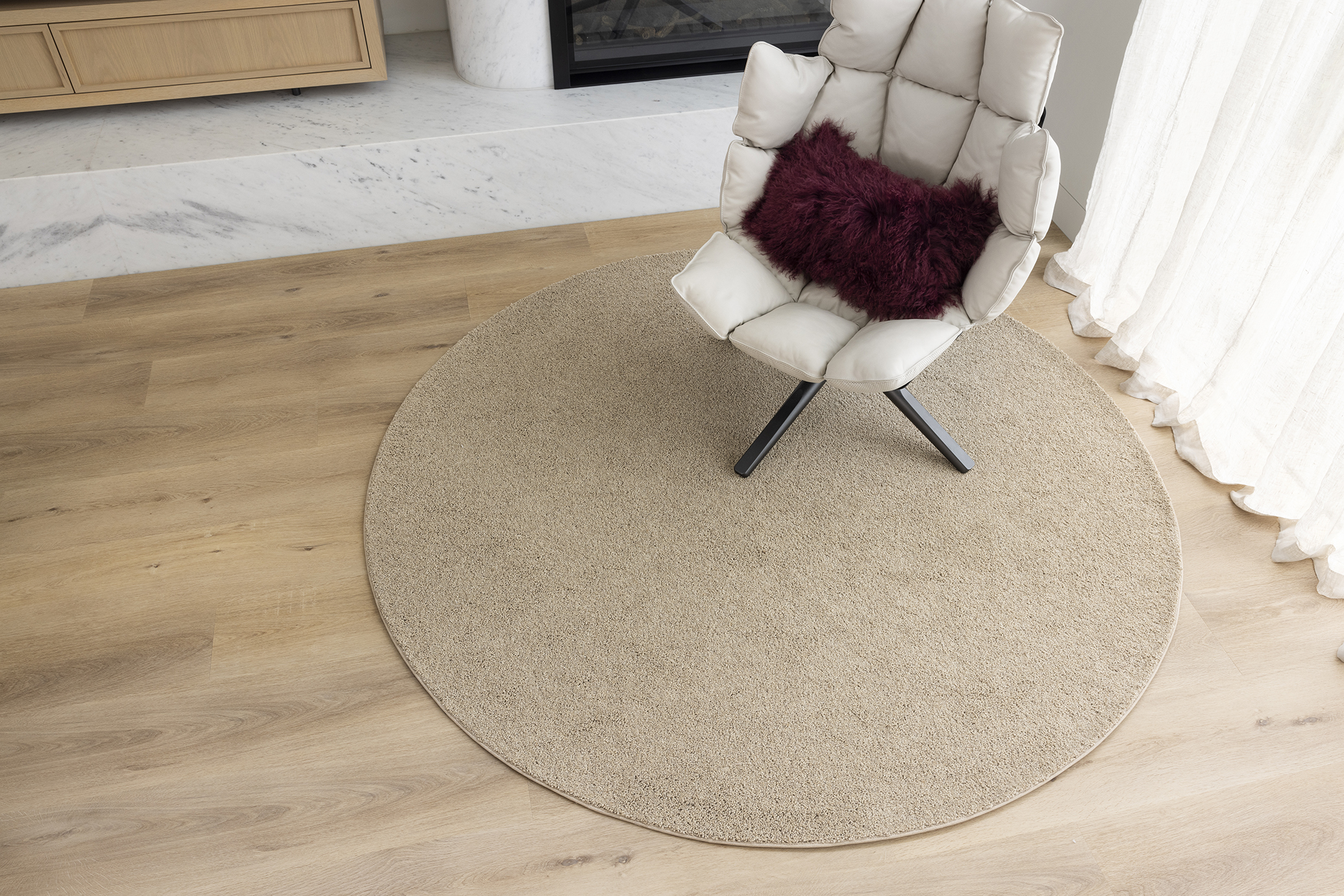
Non-Wool Rug Vacuuming
The following vacuum cleaner features are recommended for plush, thick, heavyweight, twist, cut pile Rugs to help maintain your investment.
We advise to use a vacuum cleaner with a rotating brush for regular cleaning. The height of the brush should be adjustable to ensure that the beater brush (rotating brushes) is just lightly touching the top of the Rug surface.
This should be enough to gently agitate piles and allow dirt to be removed and to help minimise matting. A suction only vacuum on these types of Rugs is generally not sufficient and may allow the fibres to clump and stick to each other as they are not being gently agitated resulting in premature matting.
The vacuum should also have adjustable height to ensure there is sufficient airflow. Otherwise, if the suction is too strong, it makes the vacuum difficult to move, will put more pressure on the fibres and may cause damage and affect the look of the Rug. It also limits the vacuum’s ability to lift the dirt and foreign matter from the Rug, defeating the purpose of vacuuming in the first place.
The vacuum should glide easily while lifting foreign matter from the Rug and lifting the Rug pile back to shape.
GENERAL CLEANING ADVICE
In case the floor in your house is partly hard floor, please pay attention to the following:
- When you have cleaned the hard floor using soap, rinse it carefully using clean water.
- Dried up soap residue off a hard floor can be transported to the rug by foot traffic.
These sticky soap residues cause the Rug to become soiled more quickly. It is important to keep street soil, which can be carried inside by foot traffic, outside as much as possible.
It is important to act immediately to any spillages or stains to avoid the spill or stain to penetrate into the Rug fibre. This is particularly important for liquids – especially hot liquids, failure to do this could result in permanent damage by stain setting, pile distortion and possible loss of colour. While the following advice is offered in good faith, no responsibility is accepted for claims arising from the treatments proposed. If stains fail to respond to treatments listed, call a professional fabric cleaner immediately.
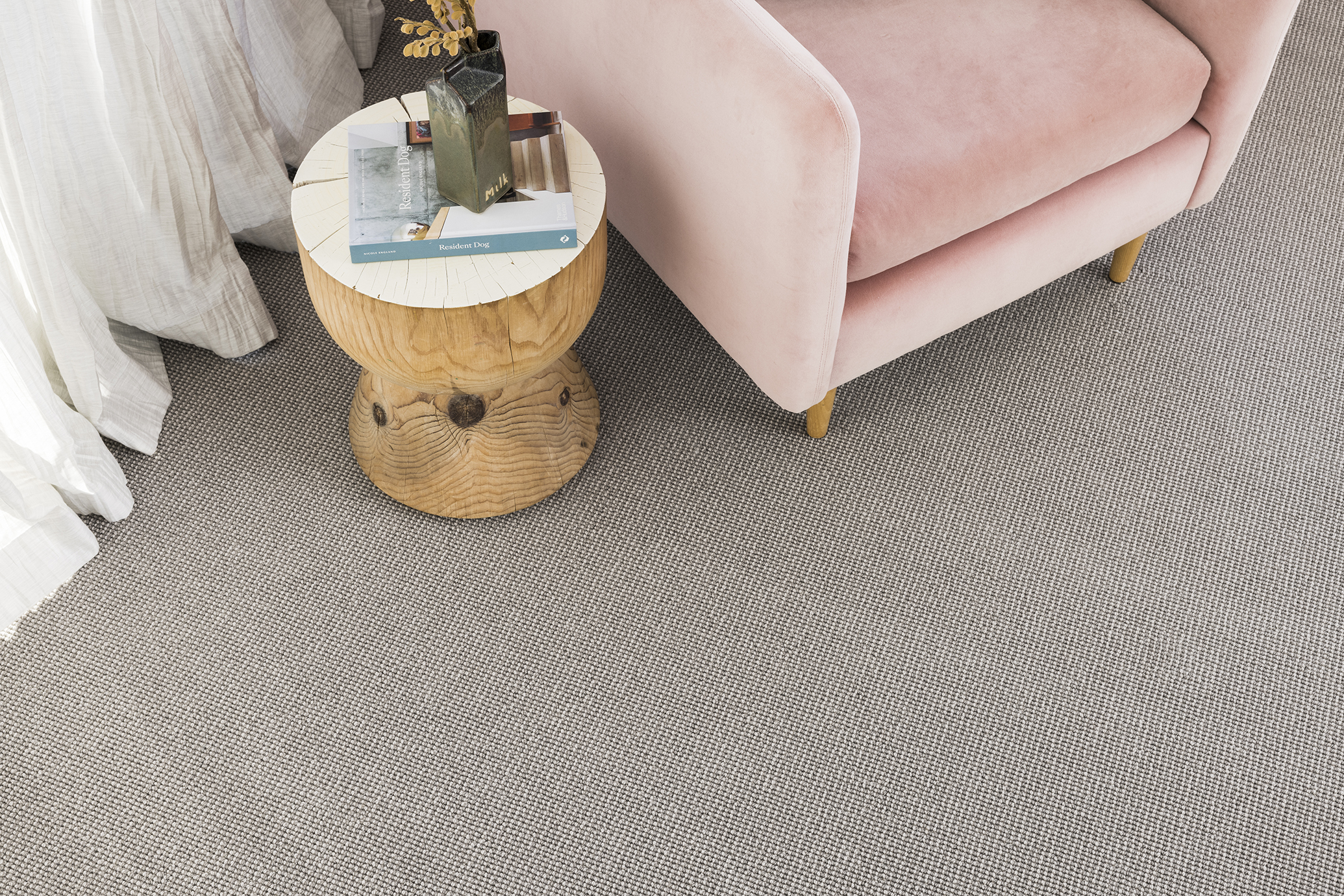
BASIC CLEANING STEPS
Remove as much of the spill as quickly as possible.
- Gently blot affected area – do not scrub. Continue blotting residue with clean white cloth or paper towels, working from the outer edge towards the centre – this will avoid the spill spreading.
- Determine the most appropriate method of stain removal as set up on the Stain Removal Guide. Most spillages can be removed with water. Important: for treatments other than water, it is important to pre-test the treatment method on a small area of the rug to ensure that there is no damage or that the colour is not affected.
- Firstly, remove as much as possible any loose substances using a spoon.
- Immediately hold a white cotton cloth under the cold tap, wring it out and place it flat on the stain until the Rug no longer feels sticky.
- Press dry the treated area between each step to remove excess moisture.
- Dry the area with a few layers of paper towel to absorb any remaining moisture. Use a flat weight if required until the area is touch dry. Do you not walk on the Rug until dry.
- If stains fail to respond adequately to treatment, call a professional Rug cleaner.
